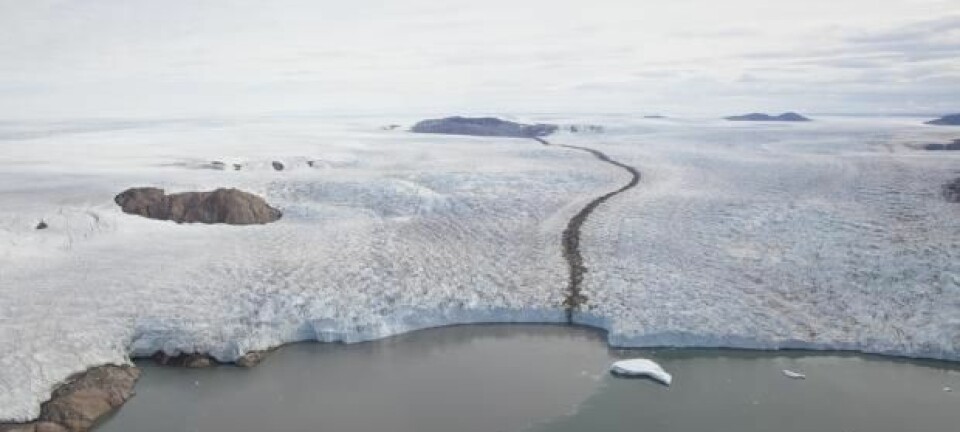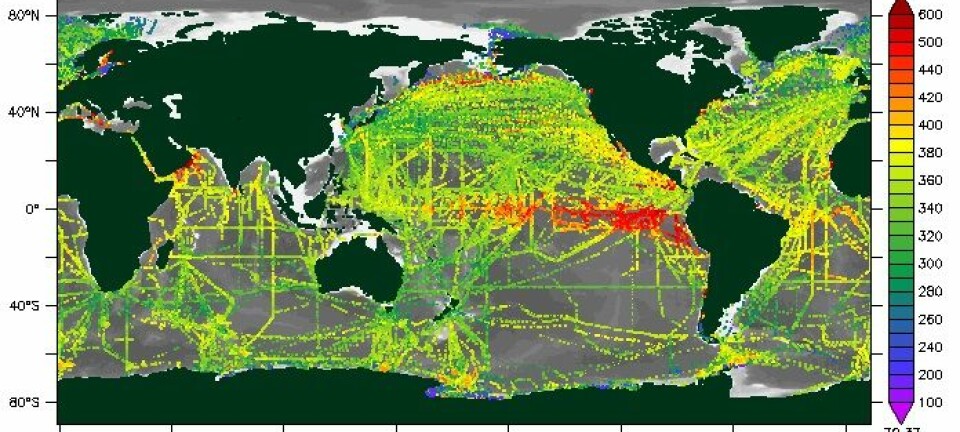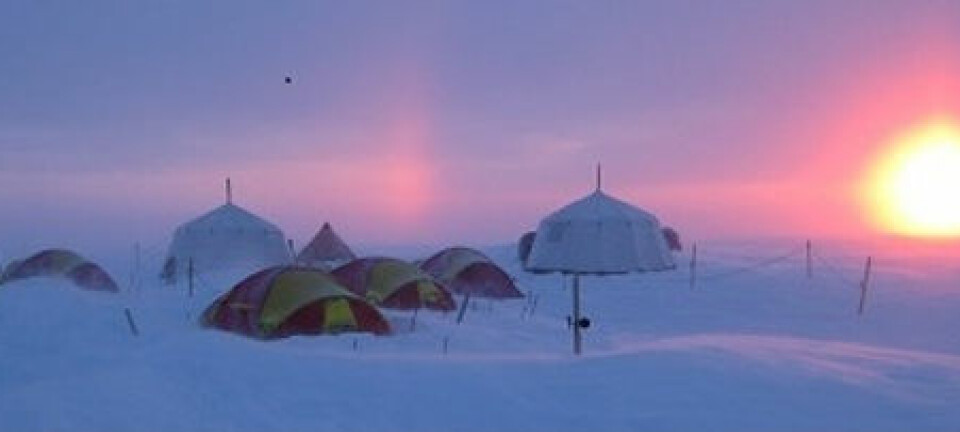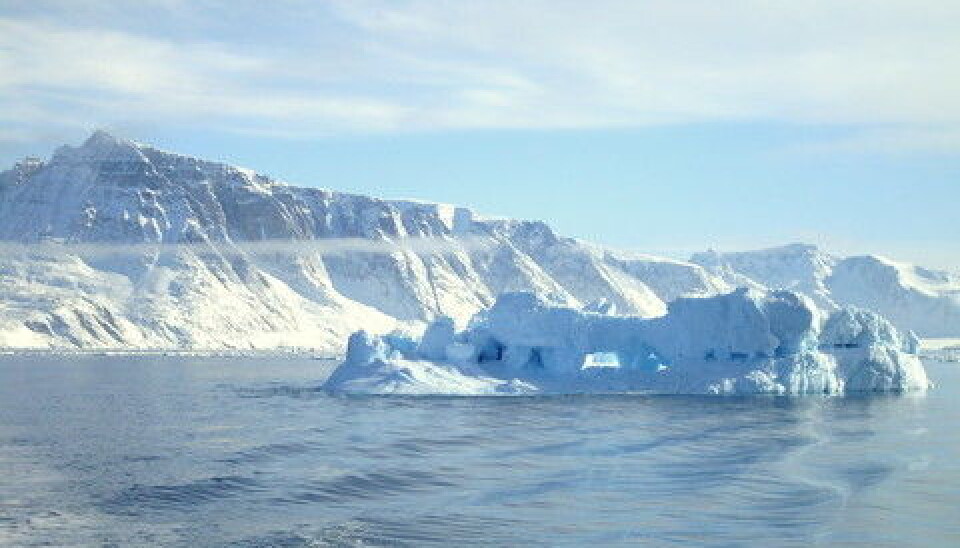
Here’s the weather report – from 5,200 years ago
Scientists can now tell us how the weather in the North Atlantic has changed over the last 5,200 years. New research enables them to ‘see’ more than 4,000 years further back in time than before.
Will the coming winter give us lots of cold temperatures and thick ice, or will we have loads of slush?
That will depend on pressure differences in the atmosphere above Iceland and the Azores.
It’s these pressure differences – a phenomenon known as the North Atlantic Oscillation (NAO) – that determine how warm or cool, how wet or dry the winters will be in Europe, Greenland, North America and Canada.
There is a great deal of attention on these differences between atmospheric high pressure and low pressure in connection with global warming and the melting of Greenland’s ice – not least in an historic perspective.
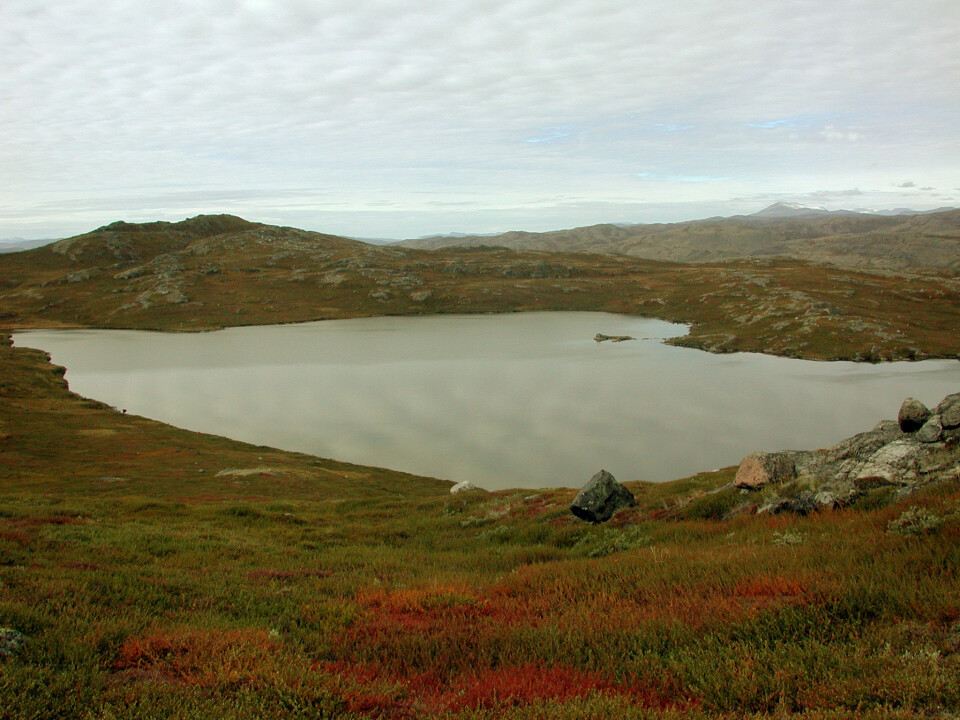
Previous research has used growth rings in trees, dripstone deposits (from stalagmites and stalactites) in caves and similar methods when forming invaluable knowledge about how these oscillations determined the weather over the past 900 years.
Information like this has helped scientists see how the NAO gave Europe mild, wet winters during the Medieval Warm Period (MWP) in the 10th-14th century, and cold, dry winters during the Little Ice Age (LIA) from the 1600s to the 1800s.
Researchers can see NAO more than 4,000 years earlier
An international research group with Danish participation has now managed to stretch the historic weather reports 4,000 years further back in time, to about 3200 BC.
The findings have been published in the scientific journal Nature Geoscience.
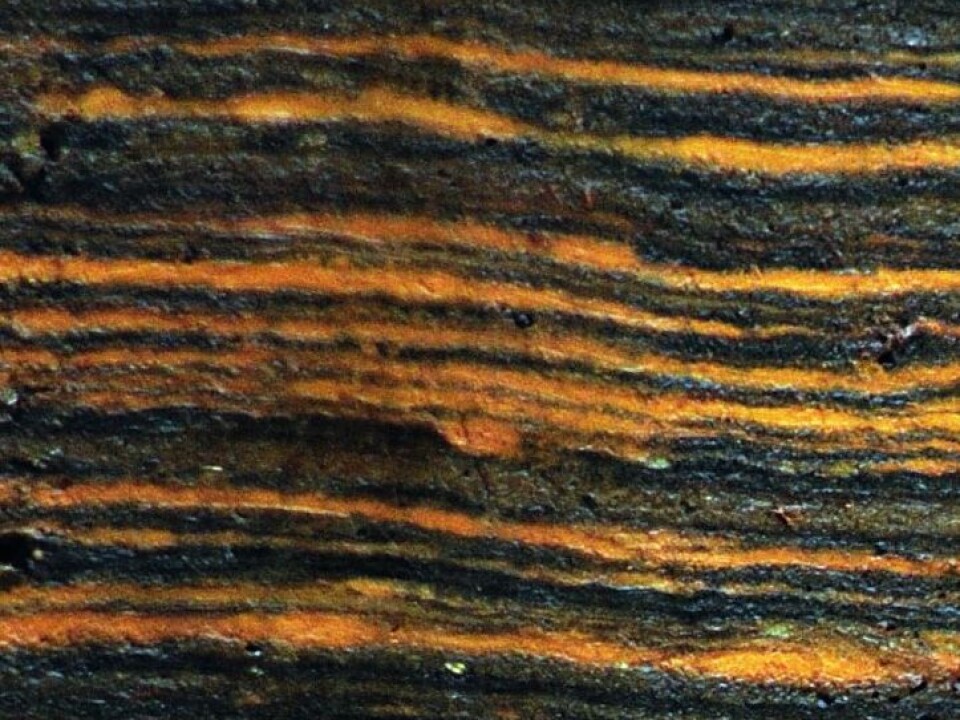
“Our new research gives us far better insight into the NAO’s relationship to the overall climate changes in the northern hemisphere,” says Mads Faurschou Knudsen, an associate professor at Aarhus University’s Department of Geoscience.
“Now we can see how these oscillations have contributed to the way the weather developed many centuries ago. This can help explain how the temperatures in Europe, Greenland, North America and Canada have varied over long periods of time.”
Together with Jesper Olsen, an assistant professor at the Department of Physics and Astronomy at Aarhus University, and others, Knudsen was responsible for the new study.
How oscillations affect the weather
The North Atlantic Oscillations are determined by differences in atmospheric high- and low-pressure zones over Iceland and the Azores:
-
A large high-pressure area over the Azores and a large low-pressure area over Iceland result in a positive North Atlantic Oscillation phase, called a positive NAO index. This gives warm winds over Europe and the eastern United States, leading to mild, wet winters, while Greenland and Canada get quite cold and dry winters.
-
If the high-pressure area over the Azores and the low-pressure area over Iceland are smaller than normal, the result is a negative NAO index, which causes the winds in the North Atlantic area to blow in a different pattern. A negative NAO index gives cold winters in Denmark, northern Europe and the US, but milder winters in Greenland and northern Canada.
- There are, of course, pressure differences that result in a more neutral NAO index, which gives a mix between warm and cold winters.
“The North Atlantic Oscillations can explain why the winter of 2009-2010, for instance, was unusually cold in Denmark and northern Europe, but unusually warm in Greenland,” says Knudsen.
“The NAO index at this time was extremely negative, and this caused the mild winds from the North Atlantic to blow over Denmark to a much lesser degree.
On the other hand, the NAO index from 1980 to 2000 was predominantly positive, which gave Denmark many relatively mild winters.”
Greenland lake a goldmine for climate researchers
Scientists have looked for a source of information about the NAO for a long time, as historical information going back thousands of years gives them a clearer insight into climate change.
Meteorological data does not date back more than 150 years, when the first systematic barometric measurements were made. Until now, growth rings in trees and dripstone sediments have pushed this age limit back to 900 years ago. But there’s also a natural limit to this data.
The researchers behind the new results therefore had to look elsewhere to find information about the weather prior to the birth of Jesus.
In their search they studied a lake in southwestern Greenland.
“This small Greenlandic lake has just the right size, location, water depth and dimensions to enable us to extract age-old information about the NAO from its sediment,” says Olsen.
Elements in sediment reveal historic NAOs
The scientists extracted sediment cores from the bottom of the lake and looked at the ratio of manganese to iron. This relationship depends on the oxygen content of the water column over the sediment when it was formed.
The amount of oxygen in the water at the bottom of the lake is controlled by local weather conditions, including the temperature, how much ice is melting, and the length of the growth season of the ice.
As a result, scientists can use the varying oxygen content of the sediment as a source when speaking about historic weather conditions.
This enables the researchers to see how warm periods in southwestern Greenland – characterised by a lot of precipitation and early melting of the ice – had agitated the water, bringing oxygen down to the bottom of the lake.
This gave a high manganese-iron ratio.
In periods with colder weather, the water was not agitated as much, and the oxygen content in the sediment was therefore lower, resulting in a low manganese-iron ratio.
“After we had reconstructed the oxygen content of the water column, we could compare it with earlier reconstructions of the North Atlantic Oscillations,” says Olsen.
“We could see that our NAO reconstruction matched other NAO reconstructions over the past 900 years, while the weather data from the lake matched the meteorological observations of the North Atlantic
scillations. This led us to conclude that our NAO reconstruction reflects the atmospheric conditions over the past 5,200 years.”
Varying atmospheric conditions give warm and cool periods in Europe
When the scientists use their new NAO reconstruction to look 5,200 years back in time, they can see not only the MWP and the LIA, but also how a large positive NAO index was related to a warm period in Europe that ended 4,500 years ago.
It was followed by a period of 1,500 years with a slow fall in the NAO index from a very large positive value to a very large negative value until 3,000 years ago, when a period of very cold weather cooled Europe for about 500 years.
“We can see how the NAO has been of great importance to the climate system in the North Atlantic Ocean in an historic perspective,” says Knudsen.
“The NAO phenomenon will also influence the weather in the future in northern Europe, the US and Greenland. Our study contributes to an increased understanding of how the North Atlantic Oscillation will behave in a future world characterised by global climate change.”
---------------------------------
Read the Danish version of this article at videnskab.dk
Translated by: Michael de Laine

